Designing an Accent Wall: 8 Dos and Don’ts
Home decorating is all about contrast and counterpoint. When a room’s decor feels so-so or like it’s missing something, it might be time to introduce an accent: a color or stylistic element that offers something a little different. Accenting helps break up monotonous decor and creates visual interest, and one of the most popular ways to do it is by creating an accent wall.
An accent wall is an interior wall that features substantially different colors and/or textures from the rest of the room. Accents walls often include paint, wall art, peel and stick wallpaper or just about any other design element that you can imagine. However, there are so many possibilities that it can actually be tough to sort through them and figure out what’s a good idea for an accent wall and what isn’t.
Below, we’ll talk about eight key dos and don’ts that you should know when designing an accent wall.
- DO consider several different colors.
Even if you think you know what color you have in mind for your accent wall, consider at least two or three options when choosing paint. Many free apps are now available to help you visualize how a paint color would look on your wall, and you might surprise yourself with something you hadn’t previously considered. If you’re set on a certain color, try multiple different shades to find the one that fits just right.
- DON’T automatically dismiss bold colors.
The point of an accent wall is to add a little spice and make your room pop, so don’t feel like you need to limit yourself to neutral colors. Bold colors can create some of the best accent walls when they’re paired with the right decor scheme.
Of course, that doesn’t necessarily mean a hot pink accent wall is a great idea. A bold color needs to match your plans for the rest of the room, so don’t paint yourself into a corner (pun intended) by choosing a color so outrageous that it makes everything else look gaudy and out-of-place. In general, you want to always consider your accent wall from a holistic perspective—and, as we’ll discuss next, that’s especially true when it comes to the color of your other walls.
- DO consider the color of your other walls carefully.
You want your accent wall to harmonize with the other walls in the room while still providing an interesting counterpoint. This is usually easiest if the other walls are a neutral color like beige, grey or off-white, so consider giving all of your walls a fresh coat of neutral paint if their current color isn’t right for an accent wall.
For white walls, you’ll need to choose your accent color a little more carefully, as it will stand out a lot more. However, if you’re going for a super-stylish modern look, that can be a desirable feature (although you’ll need to have furniture to match). Bridging the gap between white walls and an accent wall with smaller neutral-colored accents is a common technique.
- DO go beyond paint.
An accent wall needs more than color—it needs wall elements that create visual interest. There are tons of great options for adding texture and variety to an accent wall, such as:
- Shelving to display books and knick knacks
- Peel and stick wallpaper for an easy foundation color or pattern
- Wall decals of your favorite designs, quotes or characters
- Paintings, prints or photographs
- Cloth wall hangings such as tapestries
- Plants, whether hanging or standing
- Coat hooks, light fixtures or other wall-mounted items
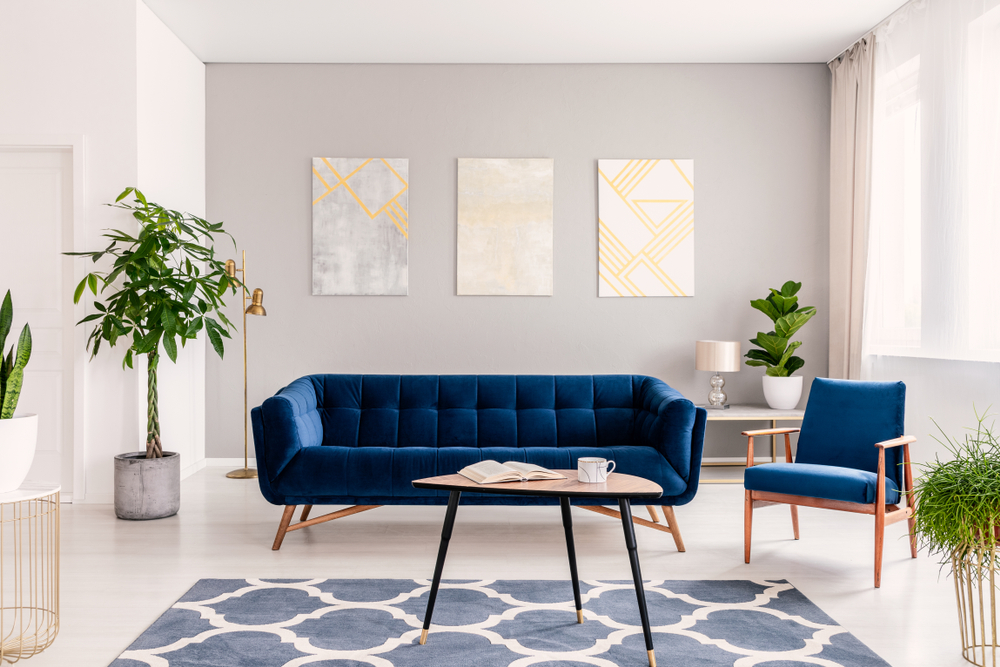
- DON’T make the room too visually busy.
Does the room already feature a lot of diverse colors and other visual elements? If it does, think about whether an accent wall might make things too busy and chaotic. This can be especially true of bright colors, which can be headache-inducing when placed in an overstuffed room.
In general, think about how you can reduce the visual “noise” when designing an accent wall. You want the eye to have a clear path to your accent wall and what you’re displaying there. Consider streamlining the decor style for something a little cleaner and more minimal.
- DO think about options like exposed brick.
Exposed brick has been one of the signature design trends of the 2010s, and part of what makes it so appealing is that it uses a resource that’s already there. An exposed brick wall feels simultaneously contemporary and timeless, and it can make a fantastic accent wall.
If you love the look of exposed brick but don’t have any brick walls to expose, brick veneer can make an awesome choice. A brick veneer will provide your accent wall with a similar look, but requires much less maintenance and is often significantly less expensive.
- DON’T try to expose brick without knowing what you’re doing.
On the flip side, exposing brick is always a gamble, and you need to know how to do it right. First, try to get at least some idea of the condition of the brick behind your wall. If you rip out the drywall or plaster and find that the brick is in bad shape, you just bought yourself a much more expensive repair. Exposing brick also requires attention to safety concerns, such as ventilation for the large amount of dust you’ll create.
- DO express yourself and showcase your favorites.
An accent wall is guaranteed to draw the eye, which makes it a great place to put a couple of your most prized pieces. Think about what you’d most like to show off to visitors in your home. Have you been dying for an opportunity to give that federal mirror or large oil painting the treatment it deserves? Do you have a custom wall decal that represents a special item in your life? The accent wall is a perfect opportunity to frame your favorites in a way that really pops.
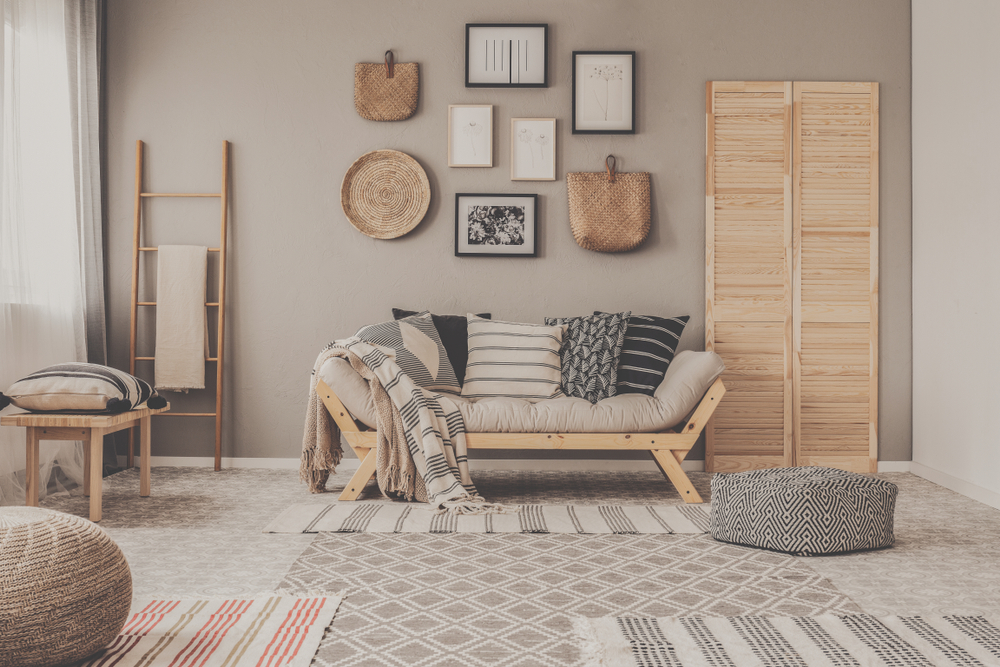
If you’ve been considering how to add some depth and dynamism to your living space, an accent wall might be just what you’re looking for. Taking the time to plan your accent wall and what will surround it will help ensure that this potentially game-changing home decoration scheme lives up to its potential.
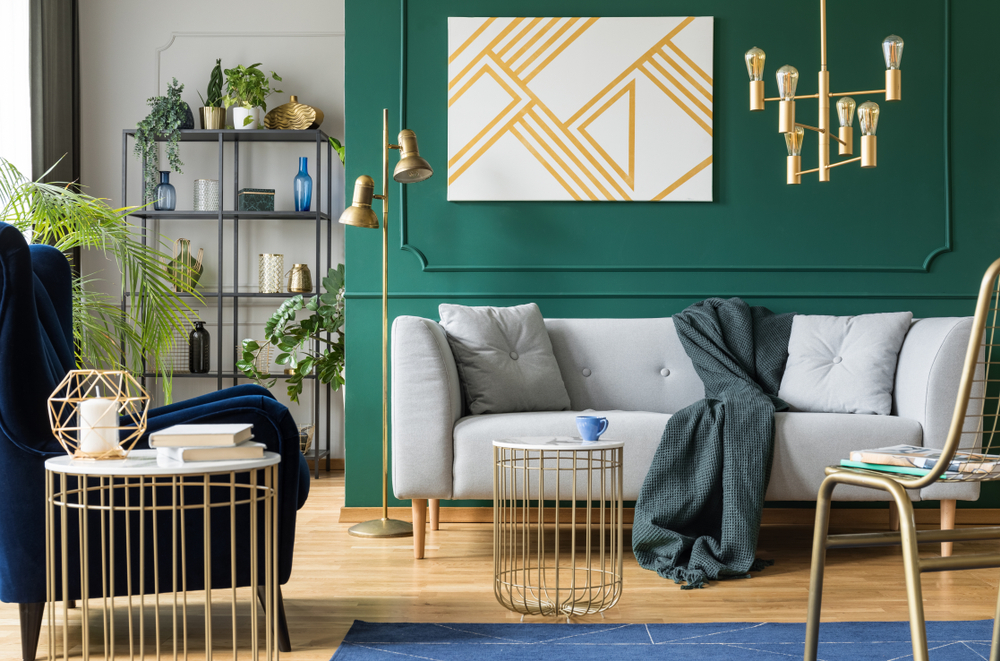
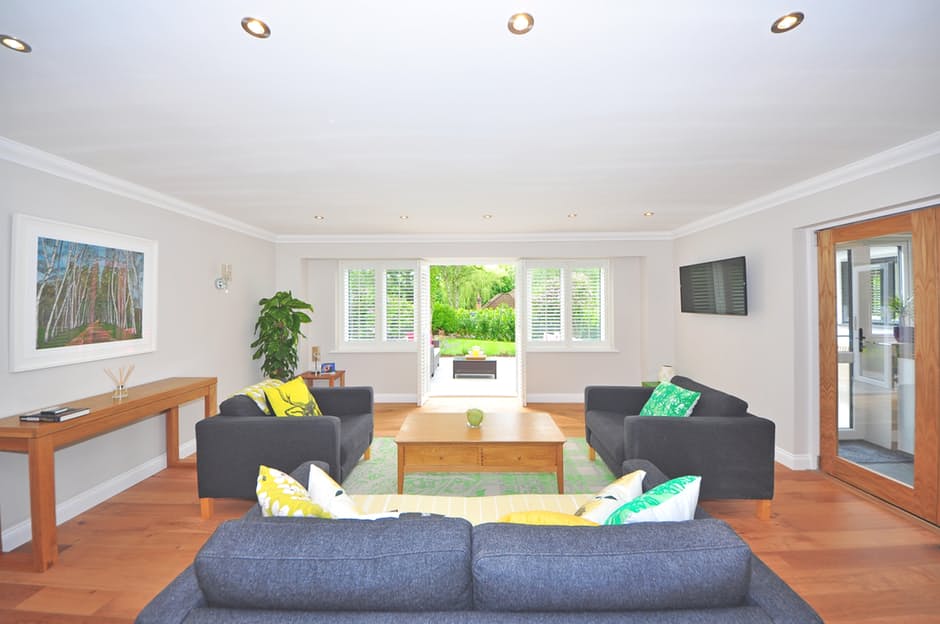
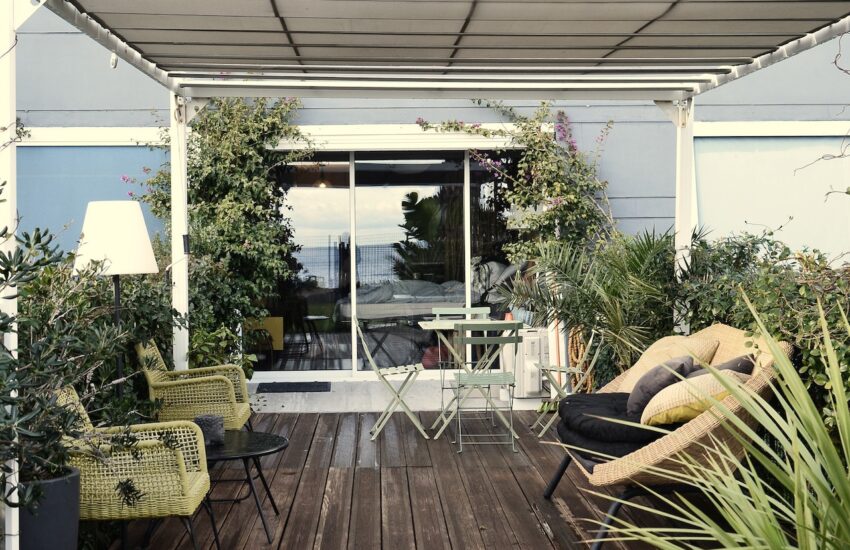
Thanks for your tip about looking into different colors with an accent wall. My wife is hoping to find a reputable place to order some natural stone from. She loves the idea of having a flagstone veneer in one of the rooms.
These are great tips! I am challenged when it comes to color, design, etc.
Thank you!
Thank you for sharing this article.